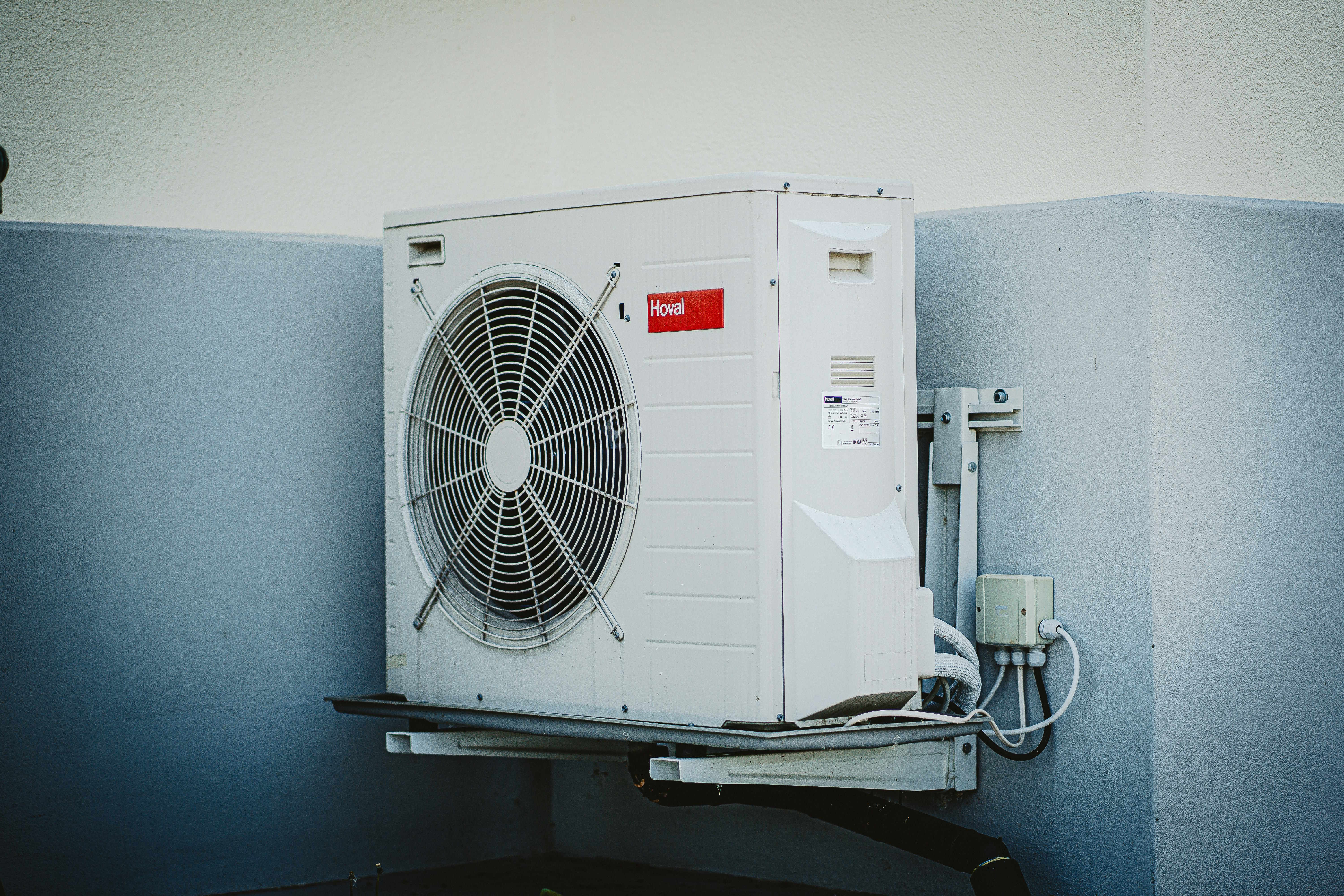HVAC Systems Explained: Complete Home Comfort Guide
Discover how HVAC systems—heating, ventilation, and air conditioning—work together to keep indoor spaces comfortable and healthy year-round. This comprehensive guide covers essential components, routine maintenance, energy-saving options, and cost considerations to help homeowners and building managers choose and maintain the right system for their needs. Learn practical tips on filters, ductwork, system selection, and operating costs to maximize comfort and efficiency.

HVAC Systems Explained: Complete Home Comfort Guide
Core Components and How They Work Together
An HVAC setup brings together several pieces of equipment to control temperature, humidity, and air movement in a building. The main elements include a furnace or heat source, an air conditioner or heat pump, ductwork (or ductless delivery), thermostats, air handlers, and filtration. The thermostat serves as the command center, signaling the system to heat or cool. Air handlers and fan systems move conditioned air through ducts or directly into living spaces in ductless arrangements. Filters capture dust, pollen, and other particles to improve indoor air quality and protect equipment.
Furnaces and heat pumps provide the actual thermal energy—furnaces typically burn fuel or use electric resistance, while heat pumps transfer heat between indoors and outdoors for both heating and cooling. Air conditioning components remove heat and humidity during warm months. Ductwork distributes treated air; poorly designed or leaky ducts reduce comfort and increase energy consumption. In ductless mini-splits, wall-mounted evaporator units deliver conditioned air directly to individual rooms, offering flexible zoning.
Routine Maintenance: What to Do and When
Keeping an HVAC system in good condition reduces breakdowns, improves efficiency, and extends equipment life. Homeowners should replace or clean air filters every 1–3 months depending on system use, indoor air quality, and filter type. Filters that are dirty restrict airflow, causing the system to work harder and raising energy usage.
Schedule professional tune-ups twice a year—typically before the cooling and heating seasons—to inspect refrigerant levels, electrical connections, belts, and blower motors. These biannual checks can catch small issues before they become expensive failures. Duct cleaning is generally recommended every 3–5 years or sooner if ducts become contaminated by mold, pests, or excessive dust. In addition to professional service, keep vents unobstructed, ensure outdoor units have clear airflow, and address strange noises or uneven temperature zones promptly.
Energy Efficiency, Lifespan, and Operating Costs
Modern HVAC technology focuses heavily on efficiency: variable-speed motors, inverter-driven compressors, multi-stage heating, and smart thermostats all help reduce energy use. Choosing high-efficiency equipment may cost more upfront but typically lowers monthly bills and can pay back over time through reduced energy consumption.
Below is a comparative snapshot of common system types, their typical installation cost ranges, expected lifespans, and approximate annual operating costs.
| System Type | Average Installation Cost | Typical Lifespan | Annual Operating Cost |
|---|---|---|---|
| Central AC/Furnace | $5,000 - $12,000 | 15-20 years | $500 - $1,000 |
| Heat Pump | $4,500 - $8,000 | 10-15 years | $400 - $800 |
| Ductless Mini-Split | $3,000 - $7,000 | 15-20 years | $300 - $700 |
Prices, rates, or cost estimates mentioned in this article are based on available information and may change over time. Independent research is advised before making financial decisions.
These figures vary with climate, local energy prices, system size, and installation complexity. Operating costs depend on how often the system runs, thermostat settings, and the quality of home insulation. Upgrading to higher-efficiency equipment and adding smart controls can reduce long-term costs.
Choosing the Right System for Your Building
Selecting an HVAC solution requires weighing climate, building layout, insulation, budget, and performance priorities. In colder regions, a furnace or cold-climate heat pump may be ideal. In moderate climates, heat pumps offer efficient year-round performance. Ductless mini-splits are attractive for additions, older homes without ducts, or for room-by-room temperature control.
Proper sizing is critical: equipment that is too large will short-cycle, reducing comfort and harming efficiency; equipment that is too small will struggle to maintain set temperatures. A qualified HVAC contractor will perform a load calculation that considers square footage, insulation levels, window orientation, air leakage, and occupancy to recommend the correct system capacity and configuration. Considerations such as zoning, humidity control, and filtration upgrades should be part of the decision-making process.
Installation, Zoning, and Indoor Air Quality
Professional installation matters. Poorly installed systems often underperform and have shorter lifespans. Insist on licensed technicians who follow manufacturer guidelines and local codes. Zoning systems—where different parts of a building are controlled independently—can improve comfort and reduce energy use by matching conditioning to actual needs.
Maintaining indoor air quality is also a key benefit of a well-designed HVAC system. Use appropriate filters (MERV ratings chosen based on system compatibility), ensure regular maintenance, and consider supplemental air-cleaning technologies such as UV lights or whole-home humidifiers/dehumidifiers when necessary.
Final Considerations and Best Practices
To get the most from an HVAC investment: choose the right type and capacity, prioritize regular maintenance, replace filters frequently, schedule biannual professional inspections, and keep ductwork sealed and clean. Evaluate energy-efficiency features and controls that match your comfort and budget goals. With proper selection, installation, and upkeep, an HVAC system will reliably deliver comfort, healthier indoor air, and manageable operating costs for years.
Whether you’re replacing an aging system or planning a new install, consult experienced professionals to ensure the solution fits your building’s needs and long-term efficiency targets.






